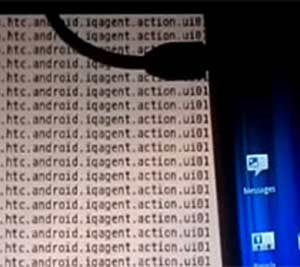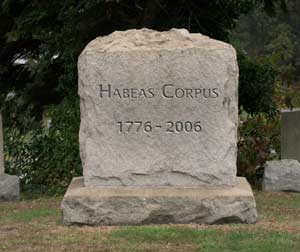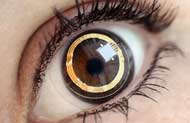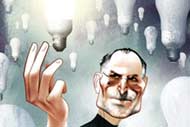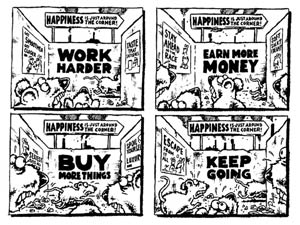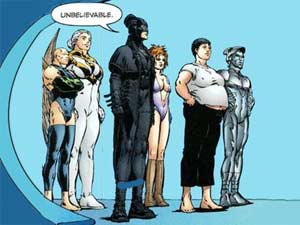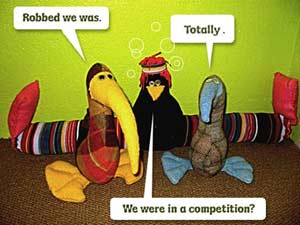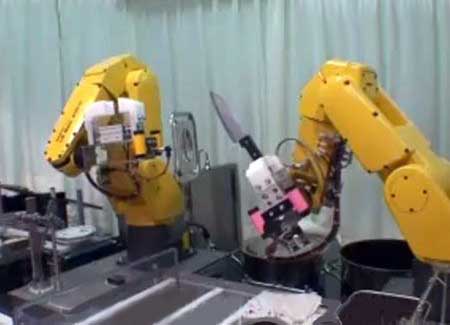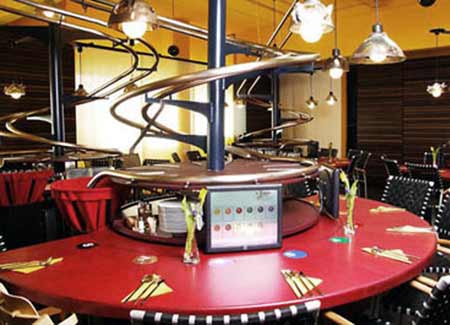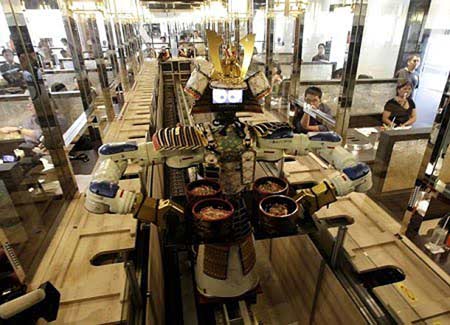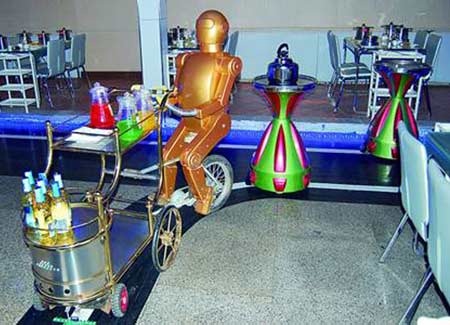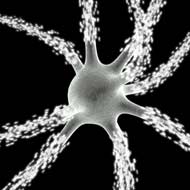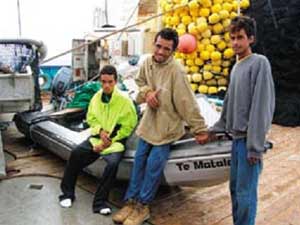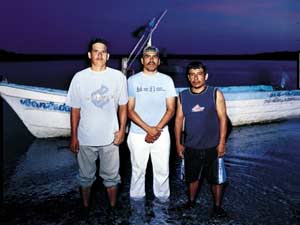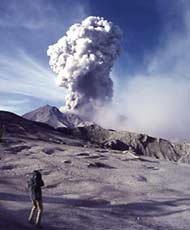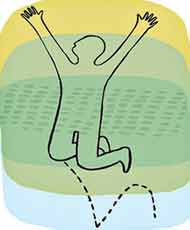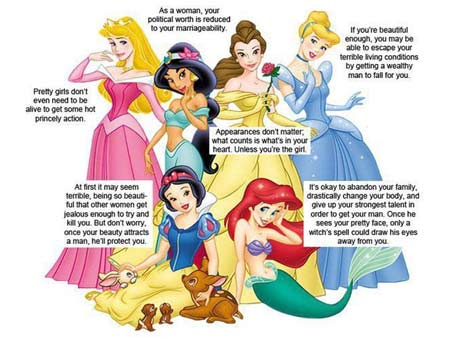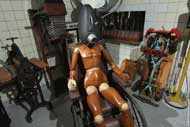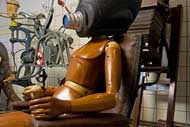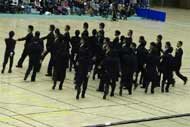If we believe an American citizen is guilty or will be guilty of acts of terrorism, can we detain them indefinitely? Can we ignore their constitutional rights and hold them indefinitely, without warning them of their right to remain silent, without advising them of their right to counsel, without giving them the basic protections of our Constitution? I don’t believe that should be the standard.
— Senator Dick Durbin (Democrat-Illinois)
The Constitution says clearly: 'In the trial of all crimes — no exception — there shall be a jury, and the trial shall be held in the State where said crimes have been committed.’ Clearly, the Founding Fathers were talking about civilian court, of which the US person is brought before in its jurisdiction. They talk about treason against the US, including war here. The Constitution says it 'shall consist only in levying War against them, or in adhering to their Enemies, giving them Aid and Comfort… No person shall be convicted of Treason unless on the Testimony of two Witnesses to the same overt Act, or on Confession in open Court.’ I would say that 'open court’ is likely to be civilian court. Further, when a person is charged with treason, a felony, or other crime, that person shall be 'removed to the State having Jurisdiction of the Crime’ — once again civilian, state court, not the US military. The Fourth Amendment is instructive here: 'The right of the people to be secure in their persons, houses, papers, and effects, against unreasonable searches and seizures’ — includes PERSON — 'shall not be violated, and no Warrants shall issue, except upon probable cause, supported by Oath or affirmation, and particularly describing the place to be searched, and the persons or things to be seized.’ Now, in section 1031(b)(2), I do not see a requirement for a civilian judge to issue a warrant. It appears this directly violates the Fourth Amendment with regard to those rights which are inalienable, according to the Declaration of Independence, and should be inviolate as your birthright as an American citizen. Recall the Fifth Amendment, which says: 'No person’ (no exception here!) 'shall be held to answer for a capital, or otherwise infamous crime, unless on a presentment or indictment,’ hear the words, 'of a Grand Jury, except in cases arising in the land or naval forces, or in the Militia, when in actual service in time of War’ — meaning there is a separate jurisdiction for US citizens who are in the uniformed service. But unless you are in the service of the United States, you are one of those 'no persons’ who shall be answerable for a 'capital’ or 'infamous crime,’ except on 'indictment of a Grand Jury.’ The Sixth Amendment says: 'In all criminal prosecutions the accused shall enjoy the right to a speedy and public trial, by an impartial jury of the State and district wherein the crime shall have been committed’. I go on to these because I regard all of these rights as inherent to US citizens, granted to them by their birth in the United States.
— Senator Mark Kirk (Republican-Illinois)

Household Debt as a % of Disposable Income NZ

Household Debt as a % of Disposable Income US Versus Canada
We have been living in a society where debts, rather than rights, have been the major means for accessing basic social goods like housing, education, and health care. That social model was built around the assumption that while real incomes stagnated and the state did not directly provide many basic goods through universal entitlements, cheap credit would do the trick instead. High finance was inextricably intertwined with the privileges of citizenship. This was not a very good social model. The total value of student loans has surpassed total credit card debt, and is projected to top $1 trillion later this year. If there is a reasonable expectation that debtors can meet their interest payments then in theory debt is not a particularly bad way to finance access to certain goods. It is on the individual borrower to make a judgement about what constitutes a “reasonable” debt burden.
Students Are Not Graduating with Degrees That Pay

Digest of Education Statistics, 2010
Consider computer technology. In 2009, the US graduated 37,994 students with bachelor’s degrees in computer and information science. Not bad, but more students graduated with computer science degrees 25 years ago. The story is the same in other technology fields such as chemical engineering, math and statistics. Few fields have changed as much in recent years as microbiology, but in 2009 just 2,480 students graduated with bachelor’s degrees in microbiology — about the same number as 25 years ago. Who will solve the problem of antibiotic resistance? If students aren’t studying science, technology, engineering and math, what are they studying? In 2009 the US graduated 89,140 students in the visual and performing arts, more than in computer science, math and chemical engineering combined and more than double the number of visual and performing arts graduates in 1985. Teenagers should look at the Wall Street Journal's list of the highest-paying majors: petroleum engineering, pharmaceutical sciences, mineral engineering, nuclear engineering, marine engineering, math, “military technologies,” chemical engineering, metallurgical engineering, electrical engineering, aerospace engineering, and materials science. Notice a pattern? Degrees fall into 3 categories: marketable skills (like engineering), marketable signals (business), or just pieces of paper.
Environmental Degradation in the USA in the 1970s
Vapourising Car Batteries


Not Much to See Outside Anyway
In November 1971, the newly created Environmental Protection Agency (EPA) announced a massive photo documentary project called DOCUMERICA, to record the noticeable changes the rapid development of the American postwar decades were having on the environment. By 1974, more than 80,000 photographs had been produced. Here are 6.
- Mount Rainer and Tacoma’s industrial waterfront, Washington State, April 1973.
- Smoke and gas from the burning of discarded automobile batteries pours into the sky near Houston, Texas, July 1972.
- Day becomes night when industrial smog is heavy in North Birmingham, Alabama, as it was on this day in July 1972. Sitting adjacent to the US Pipe plant, this was the most heavily polluted area of the city.
- Clark Avenue and Clark Avenue bridge, looking east from West 13th Street, obscured by industrial smoke, in Cleveland, Ohio, July 1973.
- Signs crowd the roadway in this Las Vegas street scene, May 1972.
- A train on the Southern Pacific Railroad passes a 5-acre pond used as a dumpsite by area commercial firms, near Ogden, Utah, April 1974. The acid water, oil, acid clay sludge, dead animals, junked cars and other debris were later cleaned up by several governmental groups under the supervision of the EPA. Some 1.2 million gallons of liquid were pumped from the site, neutralised and taken to a proper disposal site.
|
|
Officially, the anthropocene epoch does not exist. Yet. It may be added permanently to the geologic time scale in August 2012, though, at the 34th congress organised by the International Union of Geological Sciences to be held in Brisbane, Australia. Technically, the Anthropocene is the most recent period of the Quaternary, succeding to the Holocene. The Quaternary is a period of the earth’s history characterised by numerous and cyclical glaciations, starting about 2.5 million years ago. The Quaternary is divided into 3 epochs: the Pleistocene, the Holocene, and now the Anthropocene. During the Pleistocene, more than 11 major glaciations occurred, humans exited Africa, tools were invented, bipedalism evolved, arts, culture and linguistic refinement came into being. The Holocene (a bit over a million years ago until about 1800AD) was comparatively smoother in terms of climate variability. At the end of the last Ice Age 12,000 years ago, a more stable climate settled in. Humans were present on all continents, agriculture took off in Africa, China, New Guinea and South America. We are officially still in the Holocene — in fact, in the Phanerozoic Eon, Cenozoic era, Quaternary period, Holocene epoch. But now, the earth’s system doesn’t behave the same way as it has been behaving. Earth of the 21st century is warming, overcrowded, partly deforested, and more toxic and interconnected than ever. The comforting envelope of the Holocene, which has fostered the birth of civilisations, is now punctured. (Some lovely maps at this site.) |
On 26 November 2011, NASA launched a nuclear-powered rover tasked with searching for signs of life on the planet Mars by way of a United Launch Alliance Atlas V rocket loaded with the Mars Science Laboratory (MSL)'s Curiosity rover. Since Mars is 354 million miles away, the journey will take 8.5 months. The rover weighs 1,000 pounds and is the size of a small car; it is the world’s largest extra-terrestrial explorer. Onboard is a nuclear-powered laboratory holding more than a dozen science instruments. Only US$2.5 billion? A bargain.
As Far As Art Is Concerned, Bigger Isn’t Always Better
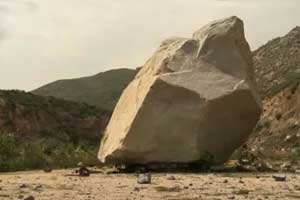
The Real Art Is in Moving the Rock
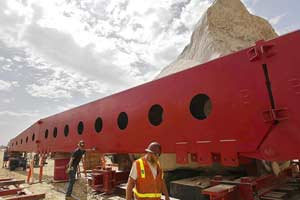
Immovable: Who Has Enough Power?

Not Exactly the Direct Route
Emmert Construction crewmembers built a steel transporter around a 340-ton, 21½-foot-high granite boulder to move it from Stone Valley Quarry to downtown Los Angeles for a Los Angeles County Museum of Art installation. The installation, by artist Michael Heizer, is due to open to the public in early 2012. (The video of the crew preparing the rock for transport is rather more interesting than the rock itself.) Heizer conceived of the artwork in 1968, but it took him more than 40 years to find the “perfect” boulder. In 40 years I would have thought he could have conceived of a better way to display his talents than moving a giant rock — butm no. Did no one on the march toward a $10-million price tag to bring this giant rock from Riverside County to LACMA stop and wonder if this might be a bit too much to pay? Why not build a fake rock from fiberglass? Oh? Now that wouldn’t be art, would it?
The Real Lessons behind the Disney Royal Families
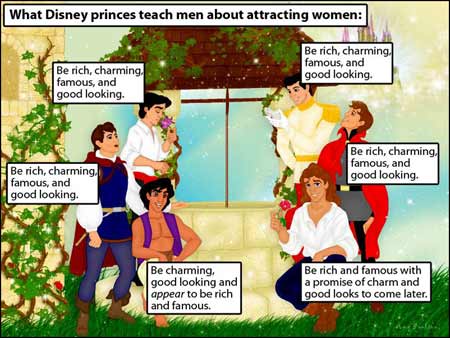
Princes Have Something to Learn, Too
However, Disney didn’t make the rules but merely followed them. Blame the Brothers Grimm.
Colour in Somewhat Unexpected Places

The Fairly-Conservative Approach
Though I spent considerable time looking, I was unable to find the original source of any of the hair photos. My apologies to the photographers and the hair owners.
What Does “Meaning” Mean?

Origins of Mankind: Canada Versus USA
Christianity is the belief that a cosmic Jewish zombie who was his own father can make you live forever if you symbolically eat his flesh and telepathically tell him you accept him as your master so he can remove an evil force from your soul that is present in humanity because a rib-woman was convinced by a talking snake to eat from a magical tree (a free-form interpretation).

A) Uga I, 1956-66 B) Uga III, 1972-81 C) Uga V, 1990-99 D) Uga VIII, 2010-11
Bulldogs are significantly more likely than other dogs to suffer from a wide range of health issues, including ear and eye problems, skin infections, respiratory issues, immunological and neurological problems and locomotor challenges. Most can’t have sex without help — they’re too short and stocky. Most can’t give birth on their own — their heads are too big. A breed that has trouble doing those two things is, by definition, in trouble. The bulldog is the most extreme example of genetic manipulation in the dog-breeding world that results in congenital and hereditary problems. Some of the breedings techniques that have led to bulldogs’ health problems have also made them hard to resist — modern breeding of the bulldog plays up the “cute” effect — flat face, big eyes, huge mouth, smile.
This content requires Javascript and Adobe Flash Player.
This is my concession to the holiday season. From here.
 Animals
Animals Animation
Animation Art of Playing Cards
Art of Playing Cards Drugs
Drugs Education
Education Environment
Environment Flying
Flying History
History Humour
Humour Immigration
Immigration Info/Tech
Info/Tech Intellectual/Entertaining
Intellectual/Entertaining Lifestyles
Lifestyles Men
Men Money/Politics/Law
Money/Politics/Law New Jersey
New Jersey Odds and Oddities
Odds and Oddities Older & Under
Older & Under Photography
Photography Prisons
Prisons Relationships
Relationships Science
Science Social/Cultural
Social/Cultural Terrorism
Terrorism Wellington
Wellington Working
Working Zero Return Investment
Zero Return Investment

